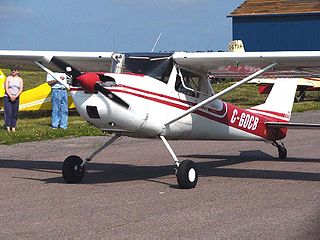
The Caudron C.450 and C.460 were French racing aircraft built to participate in the Coupe Deutsch de la Meurthe race of 1934.

The Potez 53 was a French low-wing enclosed cockpit single-seat cantilever monoplane racing aircraft built by Potez to specifically to compete in the 1933 Coupe Deutsch de la Meurthe race, which it won outright.
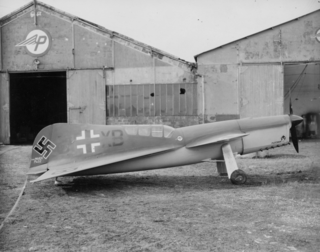
The Payen PA-22 was a French experimental aircraft designed by Nicolas Roland Payen.

The Nord 260, built in prototype form as the Max Holste MH.260 Super Broussard,, was a turboprop-powered, uprated version of the piston-engined Max Holste MH.250 Super Broussard, that was further developed into the Aérospatiale N 262.

The Caudron C.362 and the almost identical C.366 were single-seat racing aircraft built in 1933 by Caudron to compete in the Coupe Deutsch de la Meurthe competition.

The Caudron C.430 Rafale was a fast, two seat French touring monoplane. Soon after its first flight in 1933 it set an international class speed record.
The Coupe Deutsch de la Meurthe was an international aeronautical speed competition instituted on 25 August 1909 by the French oil magnate Henry Deutsch de la Meurthe. The race was reinstated three times through the years at the initiative of the Aéro-Club de France, and later by Deutsch de la Meurthe's widow Suzanne.
The S.E.C.A.T.-VI La Mouette or S.E.C.A.T. 60T La Mouette was a French two seat tourer built shortly before the outbreak of World War II.
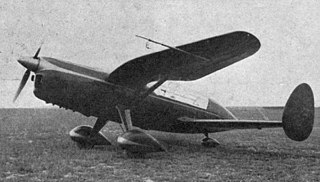
The Delanne 20-T was a French tandem wing aircraft designed as an aerodynamic model for a larger fighter aircraft. It was tested during 1939.

The SFCA Maillet 20 was a French three seat tourer built in 1935. The Armée de l'Air ordered 30 for training and liaison and several were raced. The aircraft was developed through 1935 via cockpit layout and canopy changes to the provision of retracting landing gear.

The SFCA Lignel 20 was a French, single engine, low wing monoplane, one of a series of this type built by SFCA in the 1930s. It was capable of aerobatics but was primarily a racing aircraft.
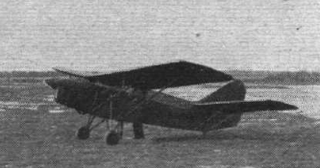
The SFCA Taupin was a French tandem-wing aircraft, designed to provide a simple, stable and safe aircraft able to take-off and land in small spaces.
The Gaucher RG.40 Week-End was a high-wing, two-seat, low-power, touring aircraft built in France in 1935. Three were built and later SECAT produced several rather similar designs, all from designer Rémy Gaucher.
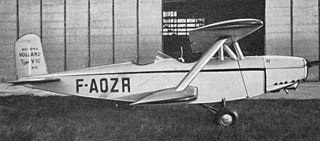
The Volland V-10 was a French two seat, low-powered biplane notable for its extreme stagger. It first flew in 1936 and appeared at the Paris Aero Salon that year.
The Régnier 12 was a 1930s Belgian touring aircraft offering variants with different engines and seating plans. Only one was built.
The Caudron C.860 was a single engine, single seat monoplane ordered by the French government as a long distance communications aircraft. First flown in 1938, it was also expected to set speed and altitude records but the outbreak of World War II ended developments.
The Hockaday Comet was a two-seat light civil aircraft, built in the United States before World War II but not flown until near the war's end. It failed to attract buyers and only one was completed.

The Kellner-Béchereau 28VD was a French racing aircraft built to compete in the 1933 Coupe Deutsch de la Meurthe. Engine failure and damage sustained in the consequent emergency landing prevented the 28VD from participation in the race.
Société anonyme des établissments Emile Regnier was a French aircraft engine manufacturer founded by Émile Régnier in the 1920s.
The Caudron C.360 was a French racing aircraft built by Caudron in the early 1930s to compete in Coupe Deutsch de la Meurthe air races.



